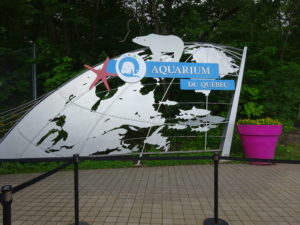 I have been to fifty-nine different aquariums all over the United States and in at least fifteen countries. One of them was the Aquarium du Quebec, the Quebec Aquarium in Quebec City.
I have been to fifty-nine different aquariums all over the United States and in at least fifteen countries. One of them was the Aquarium du Quebec, the Quebec Aquarium in Quebec City.
My feelings about aquariums have evolved over the many years I’ve been visiting them. As a young boy I was inspired by the huge central tank in the New England Aquarium to pursue my love of marine biology. Recently I’ve become more aware of the downsides of big public aquariums, especially those that had stadium shows featuring seals, sea lions, walruses, dolphins, beluga whales, or orcas. The Quebec Aquarium provides a good look at both the good and bad about aquariums.
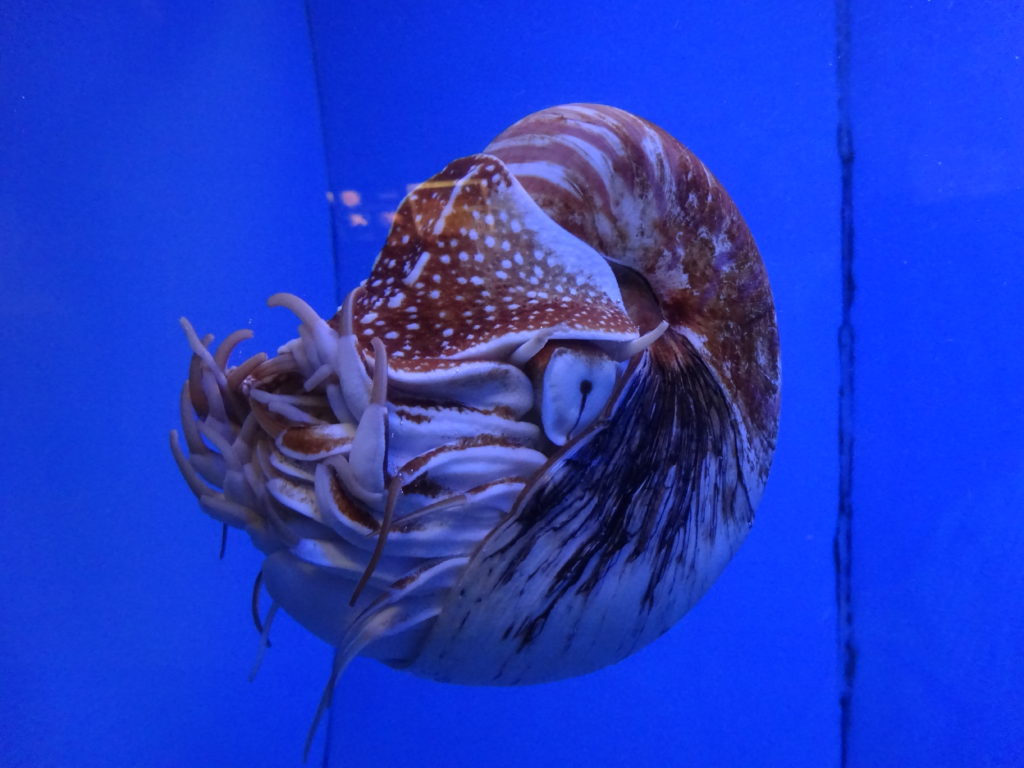
The aquarium isn’t huge by the standards of some others, but it is certainly adequate for fulfilling its purpose, both entertainment and education. While adults do enjoy these venues, the main audience will always be the young in an effort to instill an appreciation for our watery planet. Present are different zones such as fresh and salt water, a Pacific zone, a coastal zone, and of course the large ocean zone with its expansive central tank and walk-though tubes. I especially liked Le Carrefour Scientifique, the view into the science lab area.
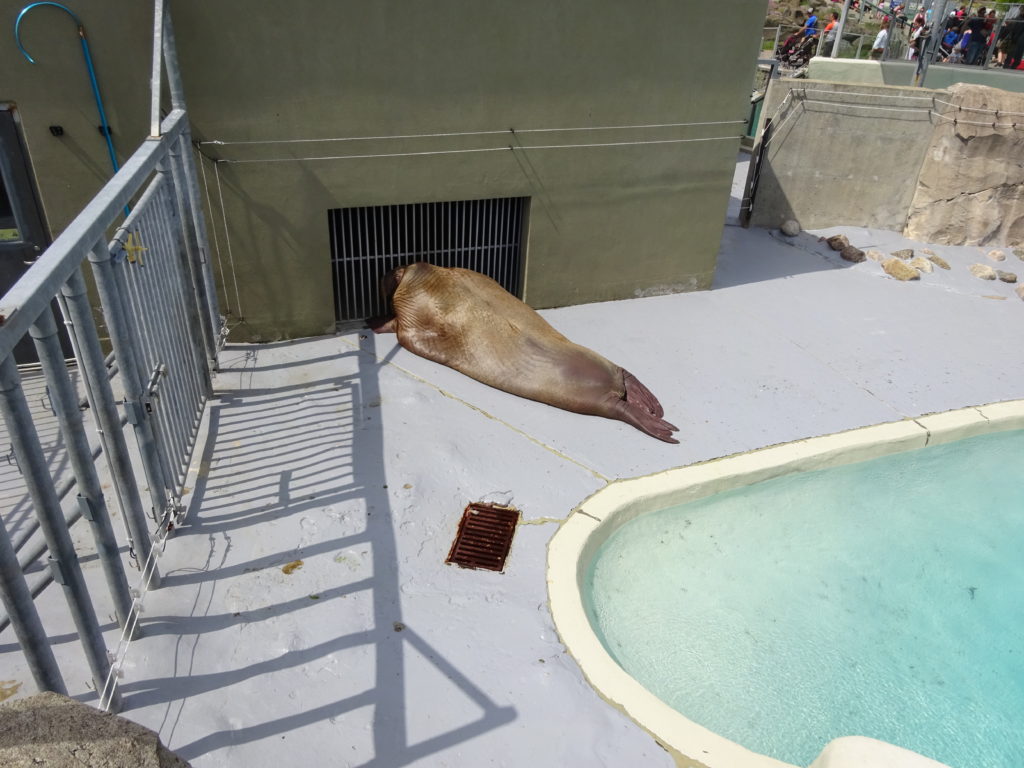
There was also a nice-sized outdoor area where they had the sea lions, polar bears, and a large walrus. I was a little concerned with these sections. The sea lion show was nice but raised the question of treatment. The polar bears looked rather bored and one paced along the wall repeatedly. The octopus was carefully hidden in its darkened cave to the point of questioning whether it was in the exhibit at all. Most disheartening was the state of the huge walrus. Ignoring the provided swimming pool (which was only a couple of lengths longer than its body), the walrus laid in the hot sun on the concrete surface repeatedly banging the metal grate as it desperately tried to be let back into a cooler enclosure. I found myself angry and crying at the treatment.
In contrast, the aquarium had a decent area set aside as a wetlands habitat and pathways that provided a calming experience. They also had some large sea-life centric sand sculptures, a snowy owl demonstration, and many educational displays.
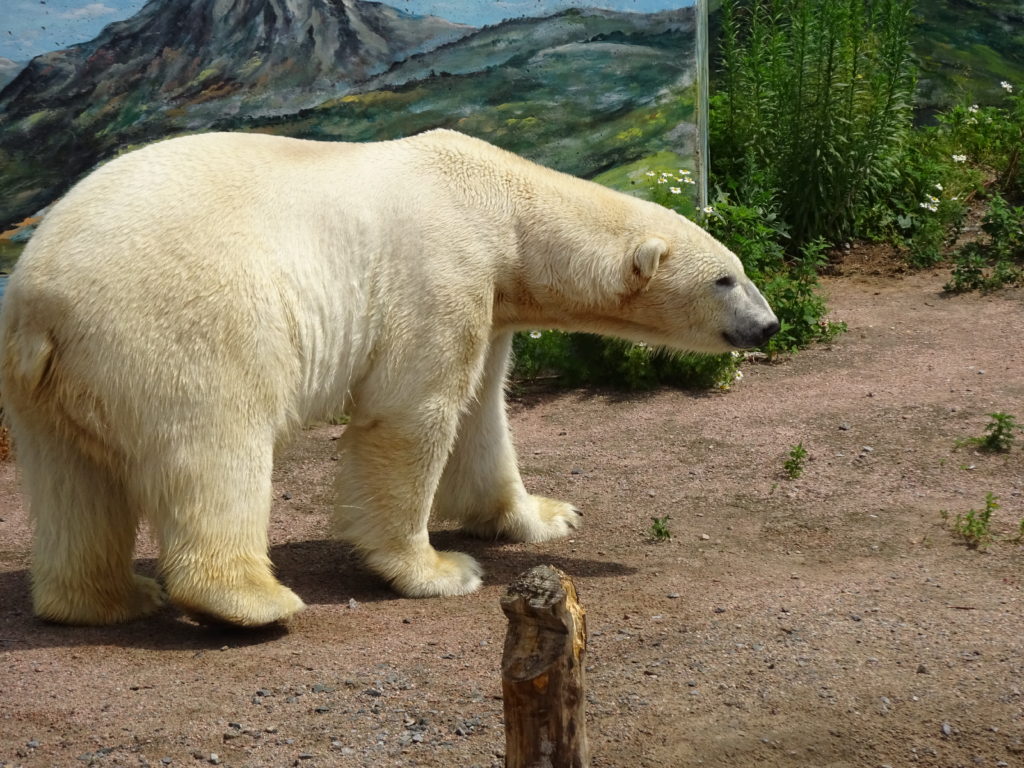
Overall I found the aquarium to be nice even though the plight of the walrus forced me to rethink my views on aquariums, in particular how they deal with larger animals. Activists have worked hard in recent years to bring this aspect of aquariums and zoos to public attention, and more and more aquariums have been altering or eliminating their big mammal shows, especially orcas, belugas, and dolphins. I’m still an aquarium fan, but I becoming more aware of the downsides, just as I long ago felt despondent at the small gorilla cage in a zoo we visited as schoolkids (a story for another time).
By the way, when in Quebec City be sure to go just a little north of town to visit the breathtaking Montmorency Falls.
David J. Kent is an avid science traveler and the author of Lincoln: The Man Who Saved America, in Barnes and Noble stores now. His previous books include Tesla: The Wizard of Electricity and Edison: The Inventor of the Modern World and two specialty e-books: Nikola Tesla: Renewable Energy Ahead of Its Time and Abraham Lincoln and Nikola Tesla: Connected by Fate.
Check out my Goodreads author page. While you’re at it, “Like” my Facebook author page for more updates!



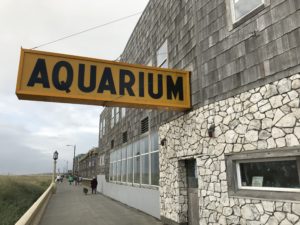 A recent road trip along the coast of Oregon added two new aquariums to my life list, now sitting at
A recent road trip along the coast of Oregon added two new aquariums to my life list, now sitting at 



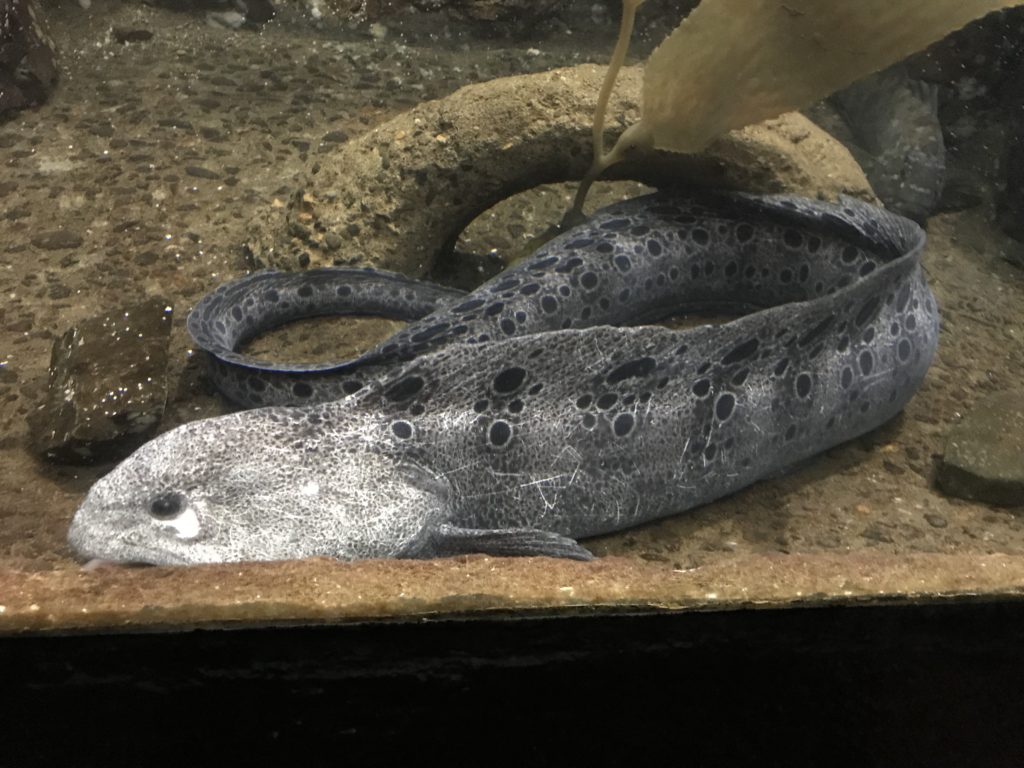

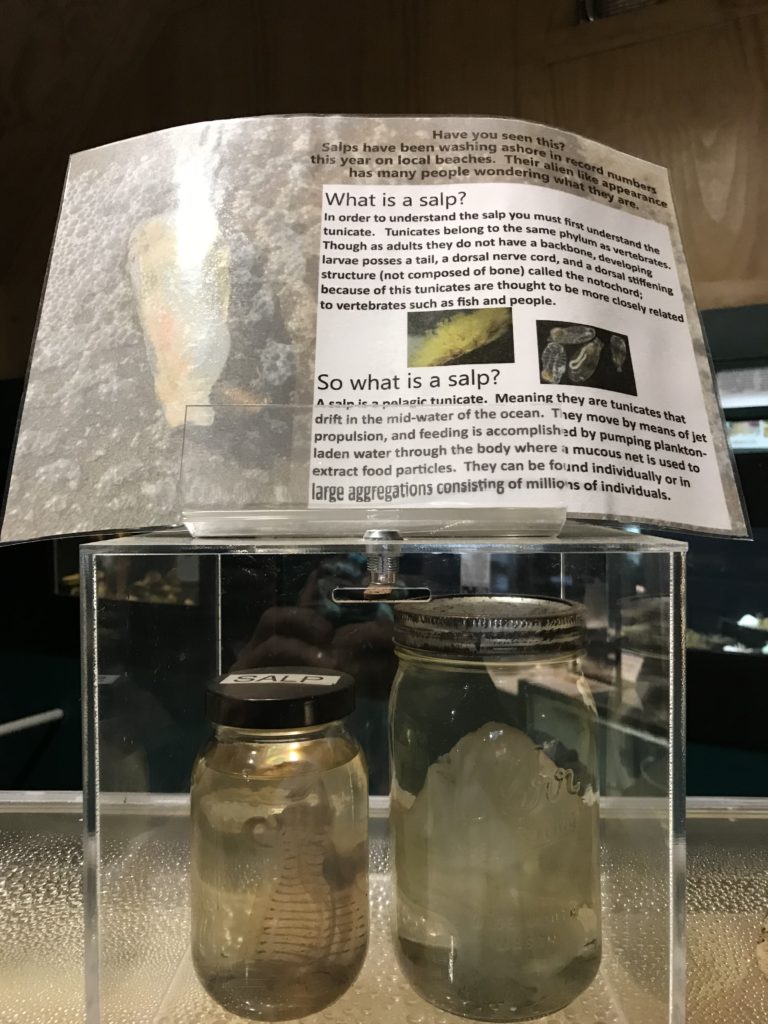
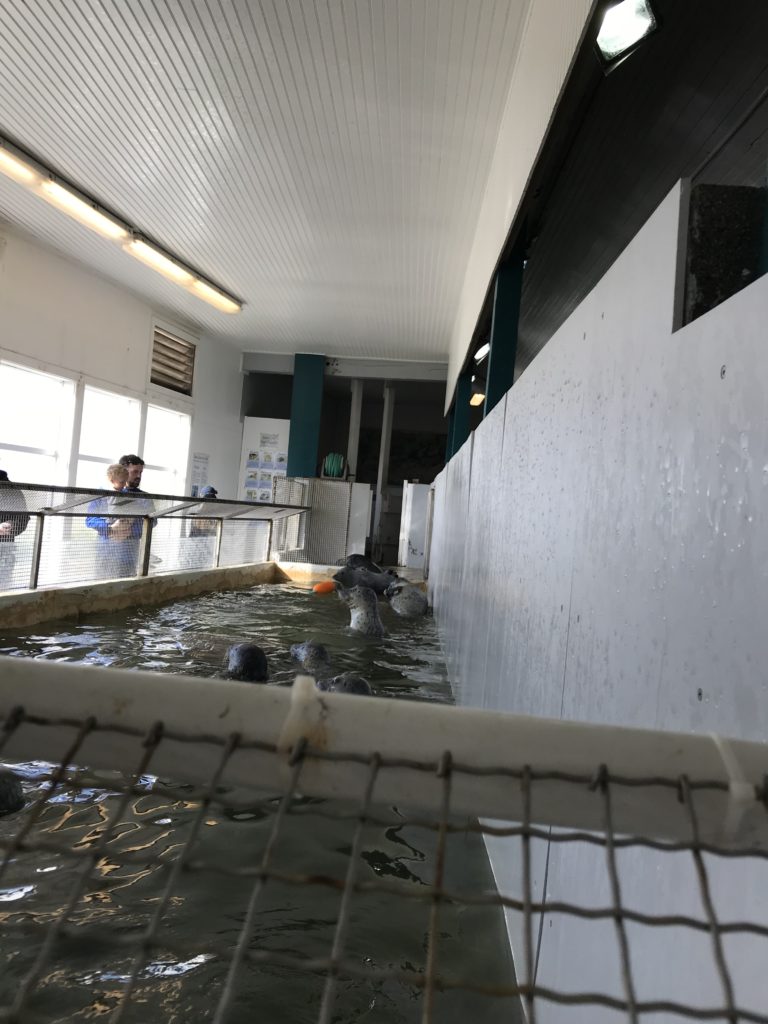
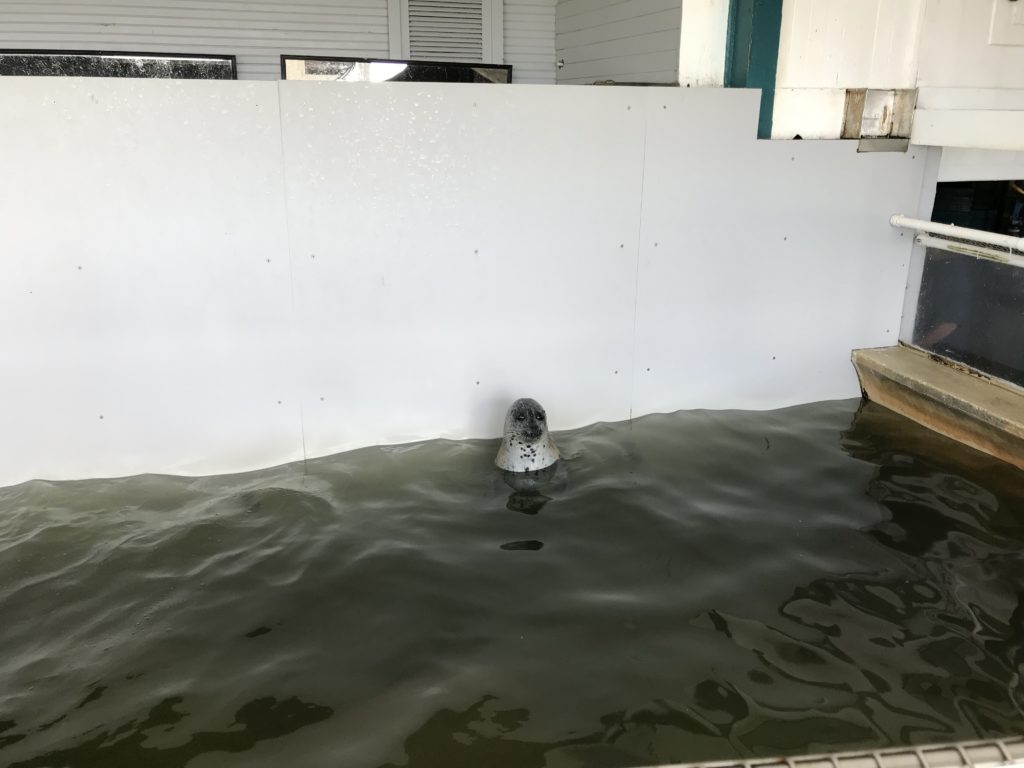
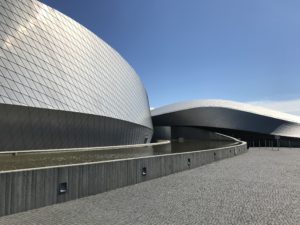 Wherever I science travel in the world I look for
Wherever I science travel in the world I look for 

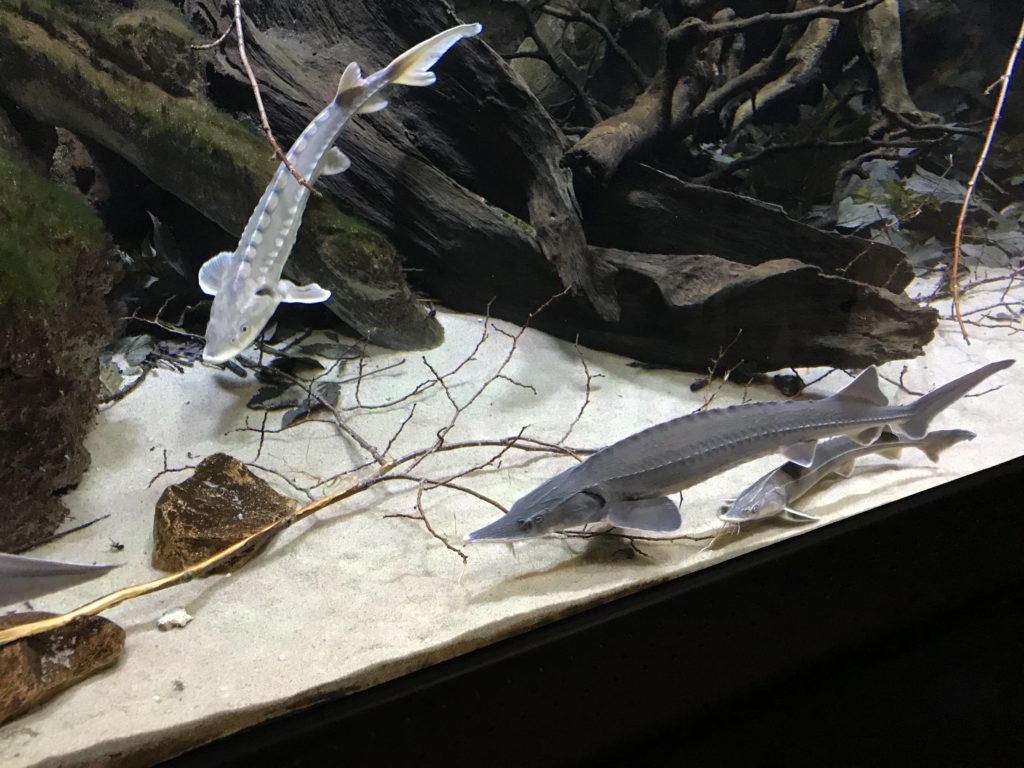
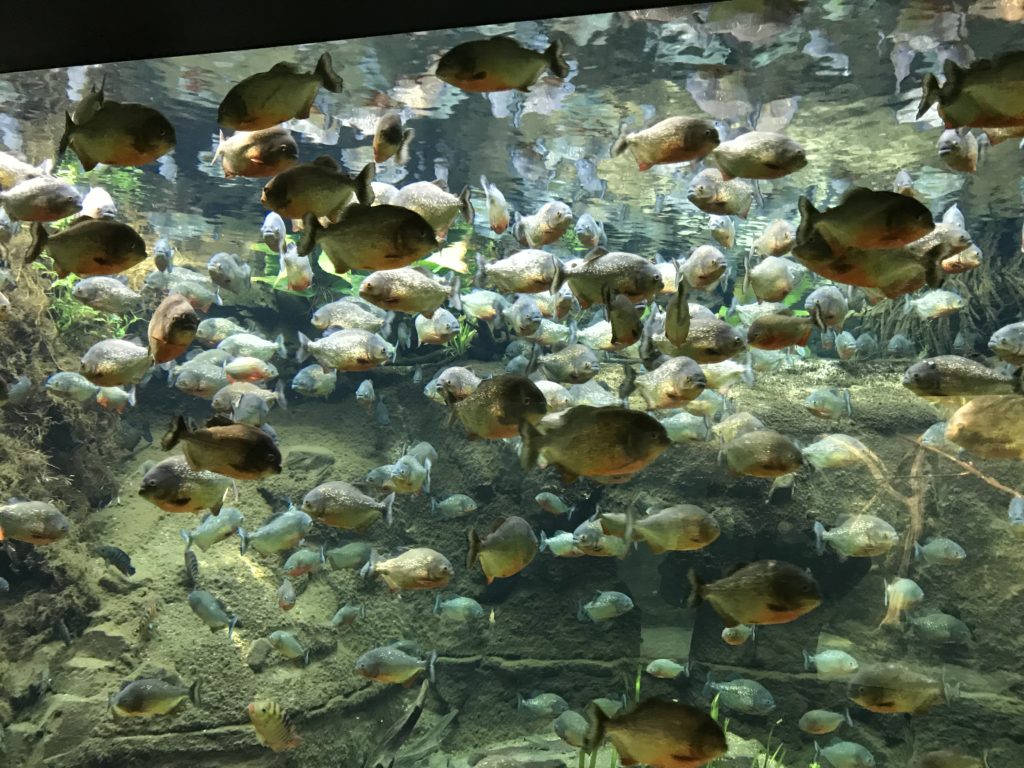




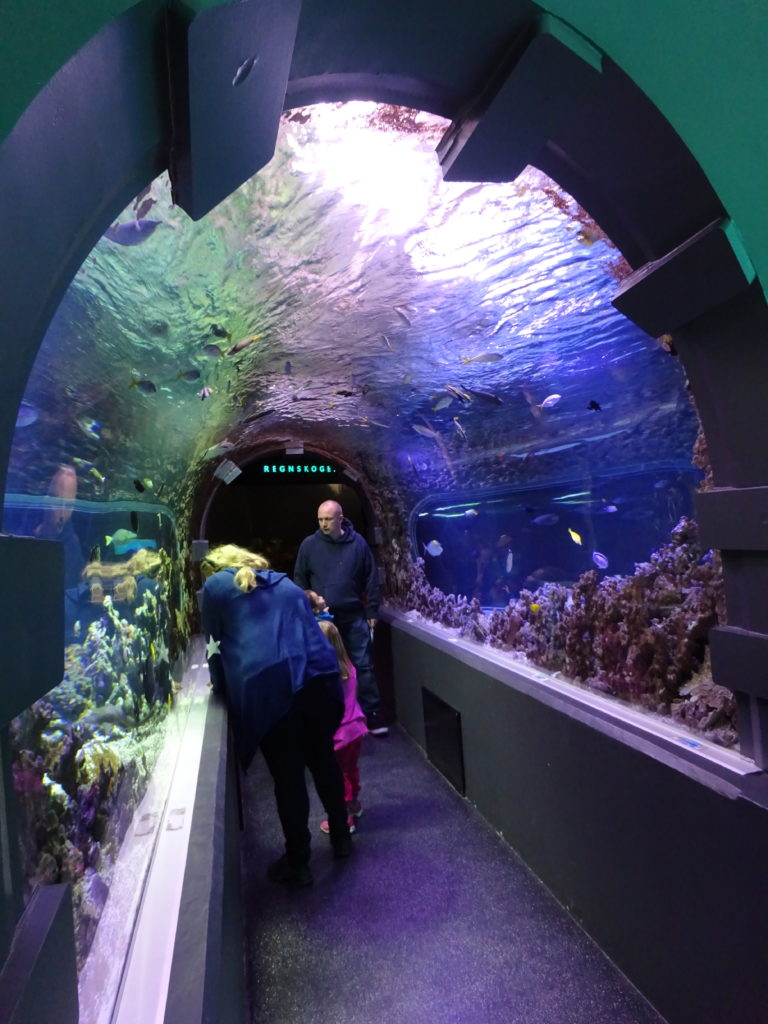



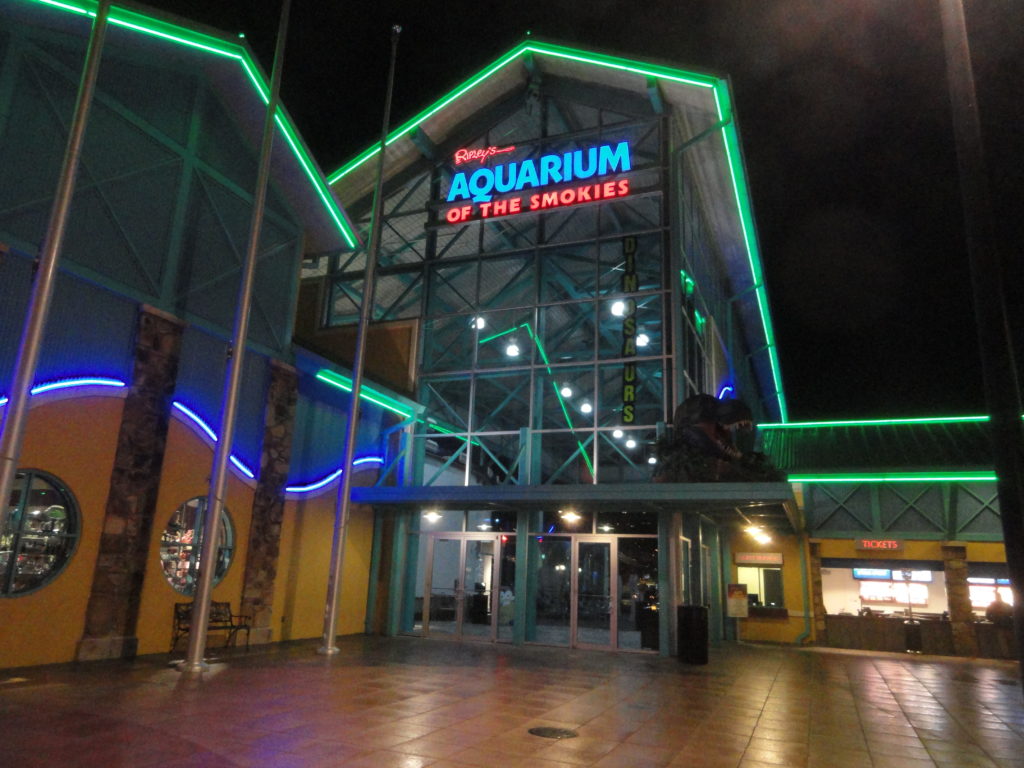
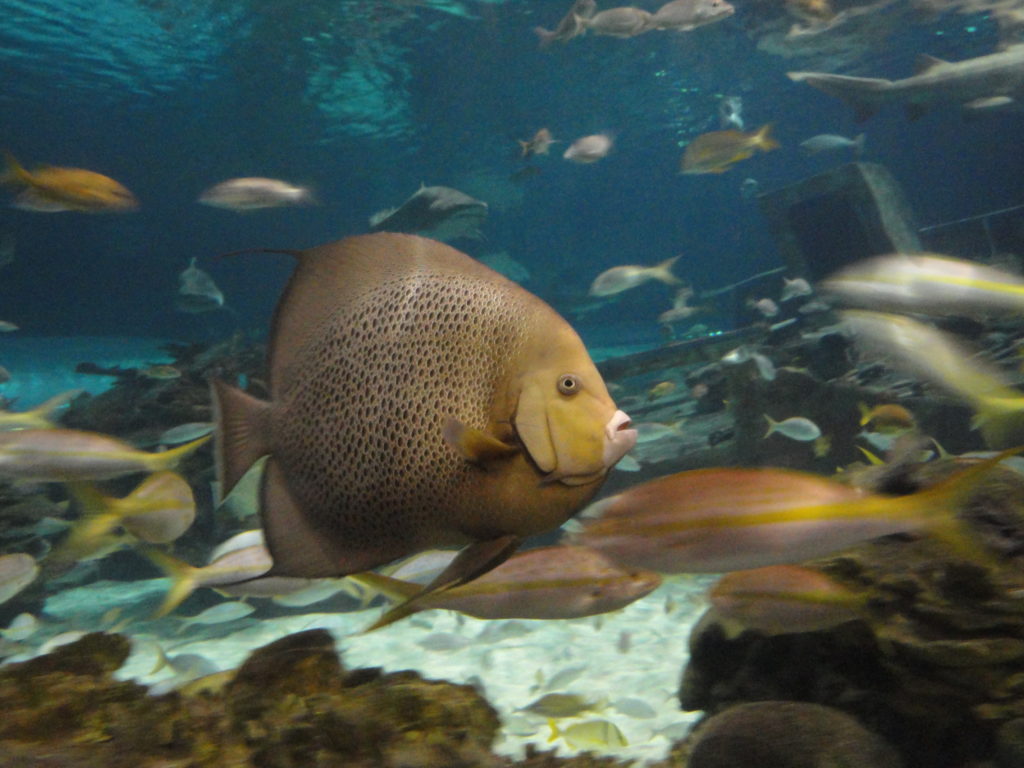
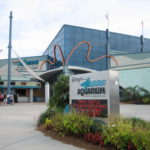 Ripley’s has become synonymous with oddities-based attractions, and you’ll find a bunch of them in Myrtle Beach, South Carolina (including Ripley’s Believe It or Not!, Haunted Adventure, Moving Theater, and Marvelous Mirror Maze). But Ripley’s has also gotten into the aquarium business. Enter the glidepath at
Ripley’s has become synonymous with oddities-based attractions, and you’ll find a bunch of them in Myrtle Beach, South Carolina (including Ripley’s Believe It or Not!, Haunted Adventure, Moving Theater, and Marvelous Mirror Maze). But Ripley’s has also gotten into the aquarium business. Enter the glidepath at 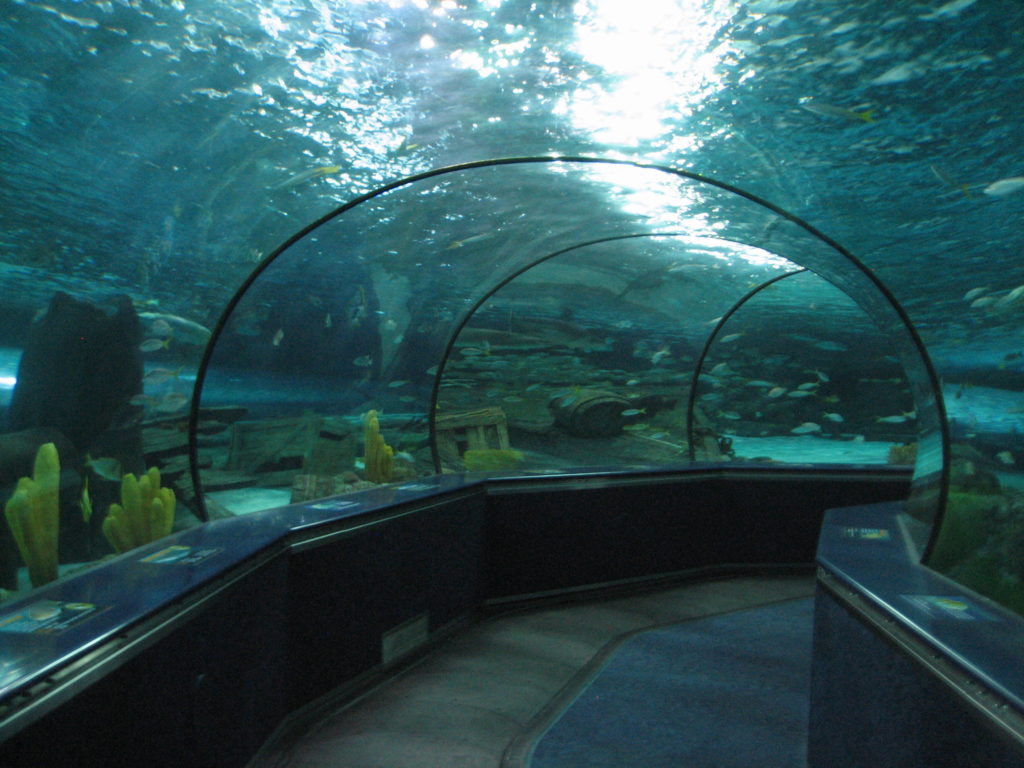
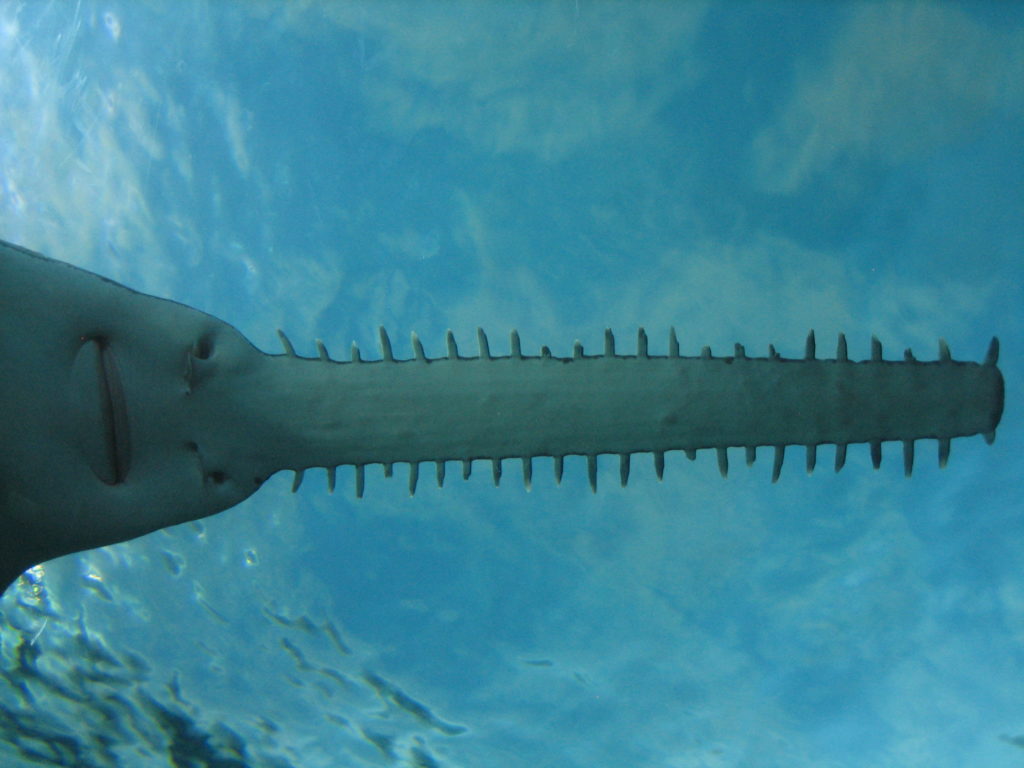
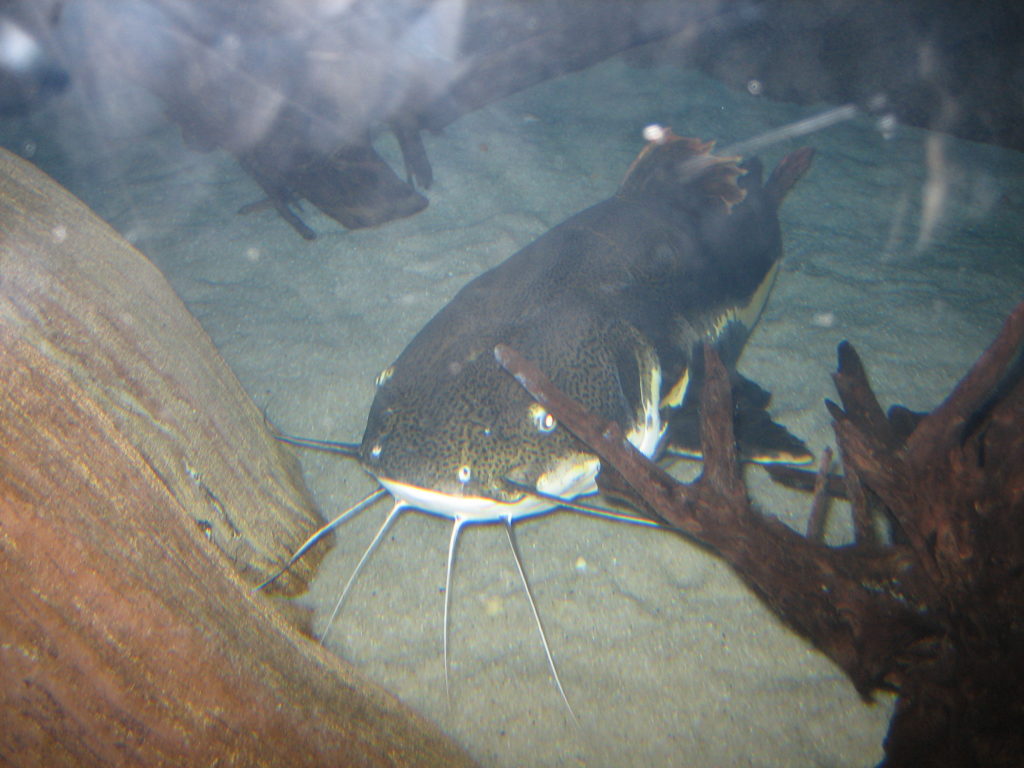
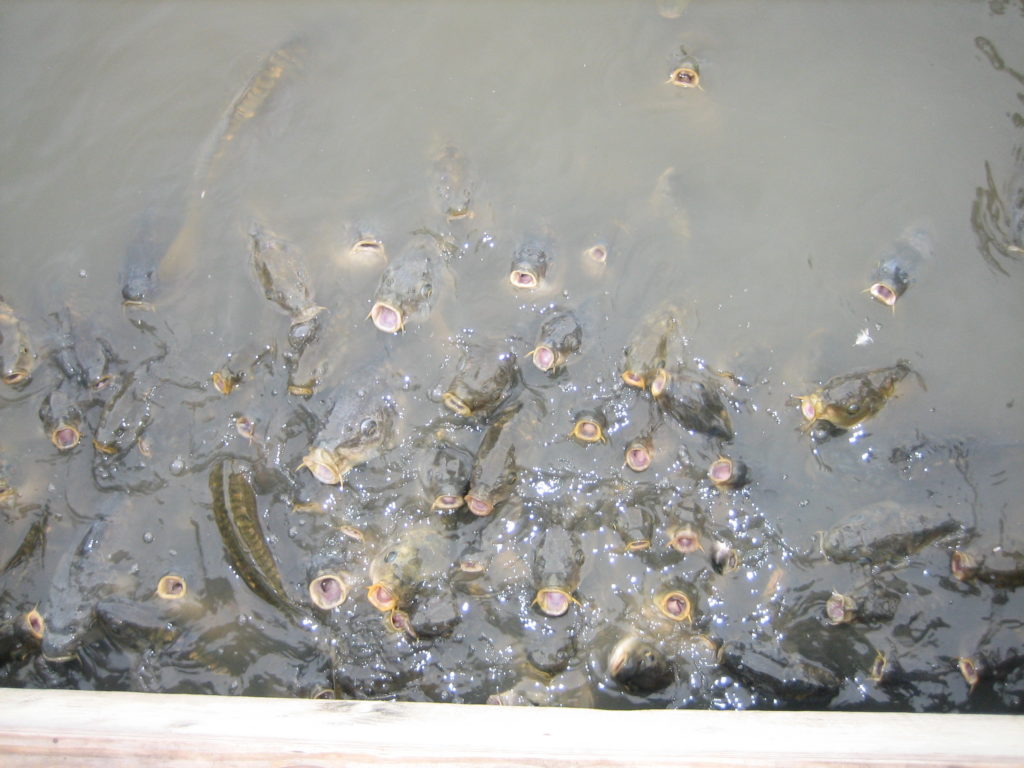
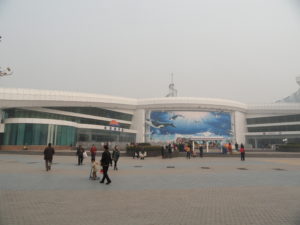



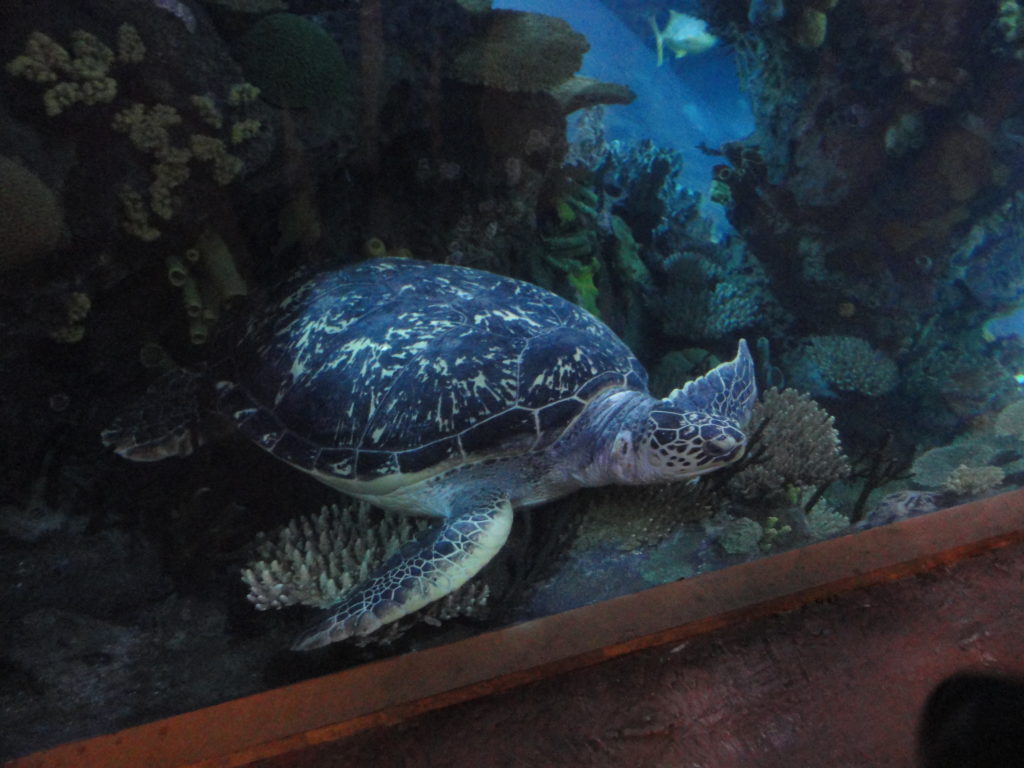


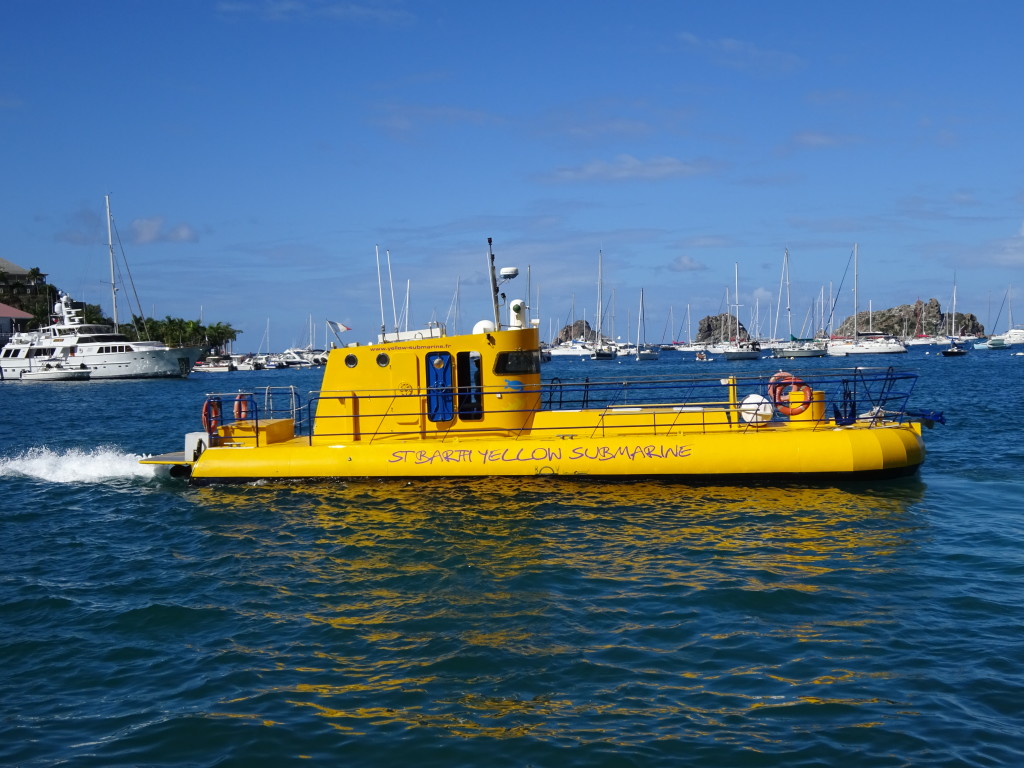
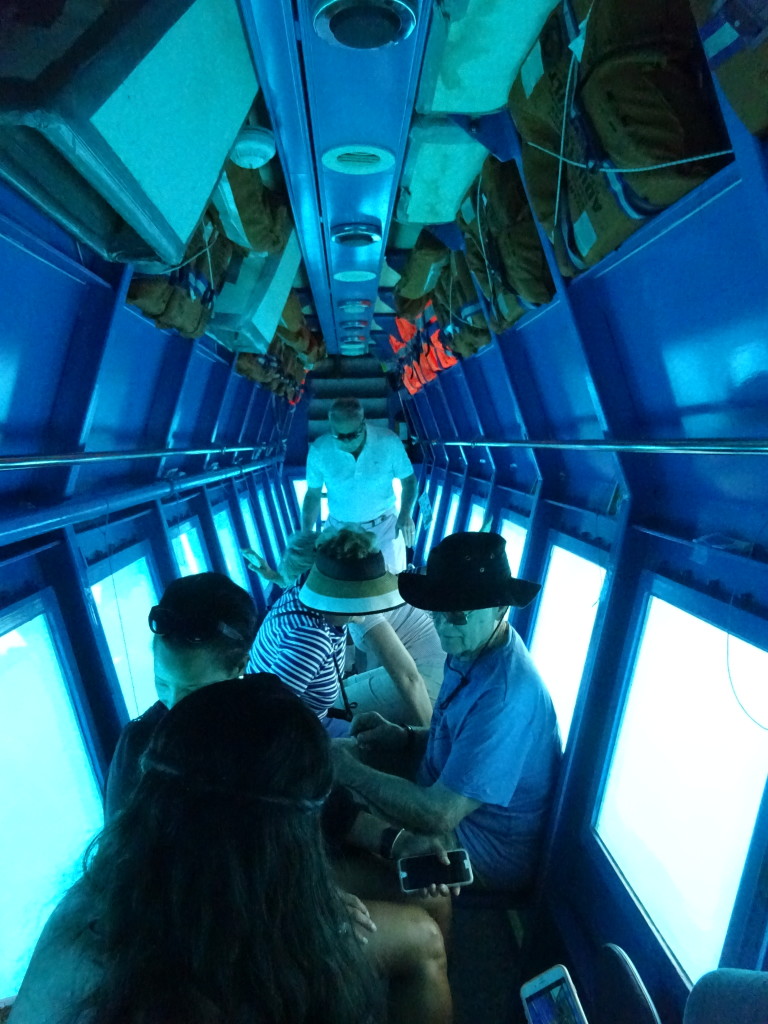
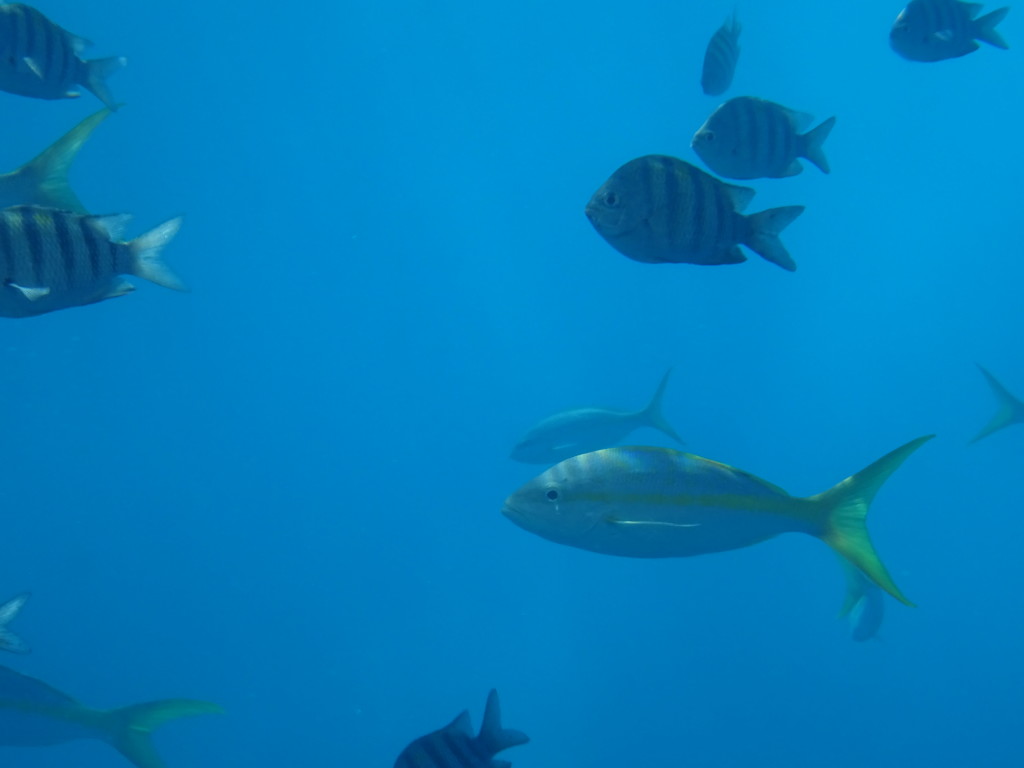
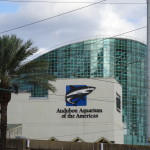 Many years ago,
Many years ago, 







